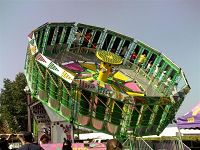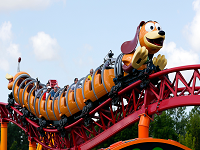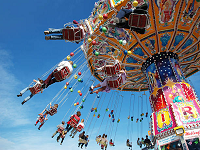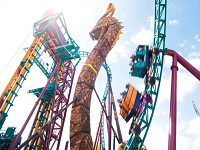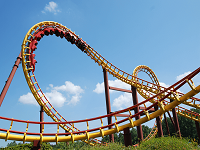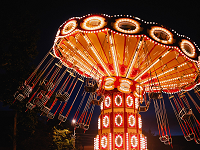What Are The Common Materials For Metal Structural Parts Of Amusement Parks Ride?
The commonly used materials for metal structural parts of Amusement Parks Ride are mainly Q235A, Q235B and so on.
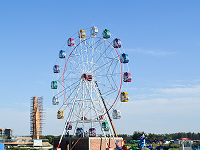
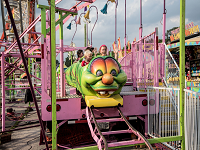
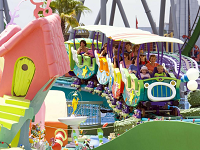
(1) The chemical composition and mechanical properties are shown in Table 2-1 and Table 2-2 respectively (according to “Carbon Structural Steel” GB/T700-2006).
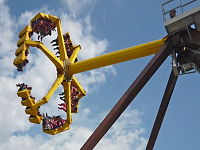
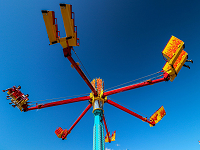
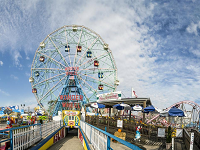
Sheet 2-1 Steel grades and chemical composition

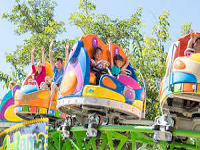
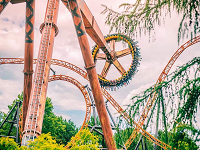
| Grade | Unified Numerical Code① | Level | Thickness(or diameter)/mm | Deoxygenation method | Chemical composition (mass fraction, %) not more than | ||||
| C | Si | Mn | P | S | |||||
| Q195 | U11952 | — | — | F、Z | 0.12 | 0.30 | 0..50 | 0.035 | 0.040 |
| Q215 | U12152 | A | — | F、Z | 0.15 | 0.35 | 1.20 | 0.045 | 0.050 |
| U12155 | B | 0.045 | |||||||
| Q235 | U12352 | A | — | F、Z | 0.22 | 0.35 | 1.40 | 0.045 | 0.050 |
| U12355 | B | 0.20② | 0.045 | ||||||
| U12358 | C | Z | 0.17 | 0.040 | 0.040 | ||||
| U12359 | D | TZ | 0.035 | 0.035 | |||||
| Q275 | U12752 | A | — | F、Z | 0.24 | 0.35 | 1.50 | 0.045 | 0.050 |
| U12755 | B | ≦40 | Z | 0.21 | 0.045 | 0.045 | |||
| >40 | 0.22 | ||||||||
| U12758 | C | — | Z | 0.20 | 0.040 | 0.040 | |||
| U12759 | D | TZ | 0.035 | 0.035 | |||||
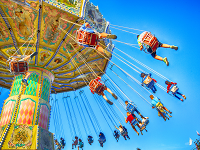
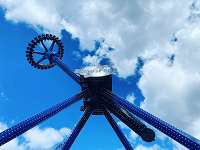
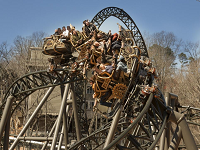
①In the table are the unified numbers of killed steel and special killed steel grades, and the unified digital code of boiling steel grades is:
Q195F-U11950;0215AF-U12150,Q215BF-U12153;Q235AF—U12350,Q235BF-U12353;Q275AF-U12750。
②With the consent of the demander, the carbon mass fraction of Q235B may not exceed 0.22%.
Sheet2-2 Mechanical properties of carbon structural steel
| Grade | Level | Yield strength①ReH/(N/mm²), not less than | Tensile strength② Rm/(N/ mm²) | The elongation after break A (%) is not less than | Impact test (V-notch) | ||||||||||
| Thickness(or diameter)/mm | Thickness | Temperature/C° | Shock absorption energy (longitudinal)/J, not less than | ||||||||||||
| ≤16 | >16 ~40 | >40 ~60 | >60 ~100 | >100 ~150 | >150 ~200 | ≤40 | >40 ~60 | >60 ~100 | >100 ~150 | >150 ~200 | |||||
| Q195 | — | 195 | 185 | — | — | — | — | 315-430 | 33 | — | — | — | — | — | — |
| Q215 | A | 215 | 205 | 195 | 185 | 175 | 165 | 335-450 | 31 | 30 | 29 | 27 | 26 | — | |
| B | +20 | 27 | |||||||||||||
| Q235 | A | 235 | 225 | 215 | 215 | 195 | 185 | 370-500 | 26 | 25 | 24 | 22 | 21 | — | — |
| B | +20 | 27③ | |||||||||||||
| C | — | ||||||||||||||
| D | -20 | ||||||||||||||
| Q275 | A | 275 | 265 | 255 | 245 | 225 | 215 | 410-540 | 22 | 21 | 20 | 18 | 17 | — | — |
| B | +20 | 27 | |||||||||||||
①The yield strength value of Q195 is for reference only.
②For steels with a thickness greater than 100mm, the lower limit of tensile strength is allowed to decrease by 20N/mm2. The upper limit of tensile strength of wide-band steel (including sheared steel plate) is for reference only.
③ For Q235B grade steel with a thickness of less than 25mm, if the supplier can ensure that the value of the impact absorption energy is qualified, the inspection may not be carried out with the consent of the demander.
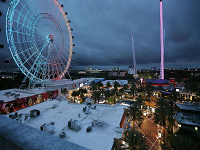
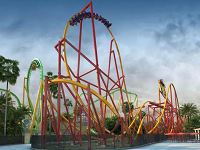
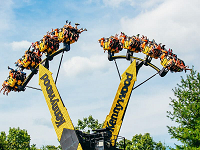
(2) Selection of materials The main requirements of regulations and standards for the selection of materials for amusement facilities are as follows.
1) The carbon content of high-quality carbon structural steel is less than 0.8%, and the carbon equivalent of low-alloy steel should be less than 0.4%. Metal materials used in mechanical parts need to consider their mechanical properties, heat treatment properties, impact toughness and other requirements. The welded structure needs to use steel with good weldability. Forgings, castings and non-ferrous metal materials should meet the requirements of national standards or industry standards.
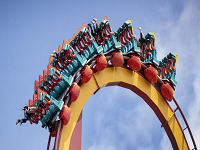
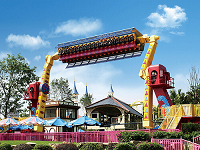
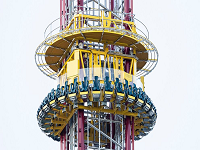
2) Q235 boiling steel should not be used for load-bearing structures and components in the following situations.
①For the welded structure, the structure that directly bears dynamic load or vibration load and needs to be checked for fatigue; the working temperature is equal to or lower than -20°C and directly bears the dynamic load or vibration load, but the fatigue check is not required; the structure that bears static load Important load-bearing structures in bending and tension. All load-bearing structures with operating temperature equal to or lower than -30°C.
②For non-welded structure, the structure that directly bears dynamic load and needs to check fatigue with working temperature equal to or lower than -20℃.

